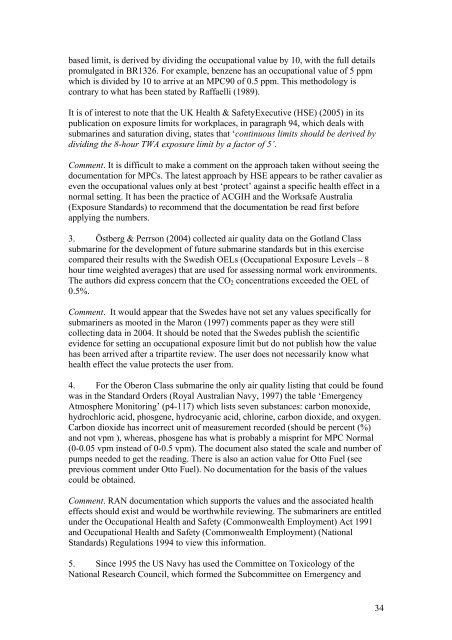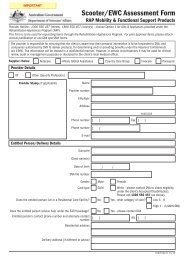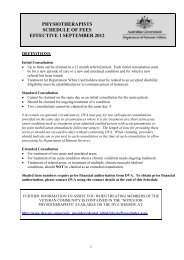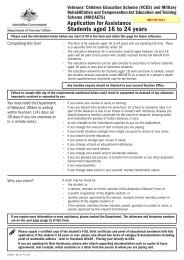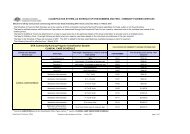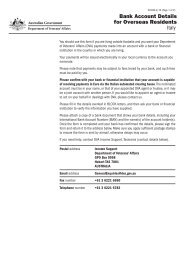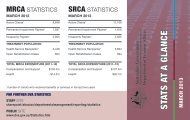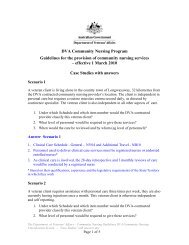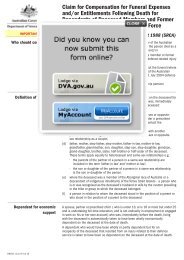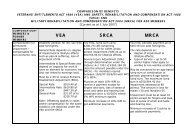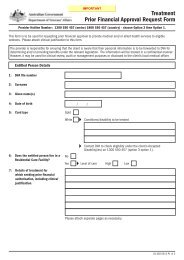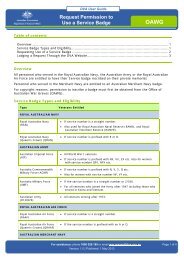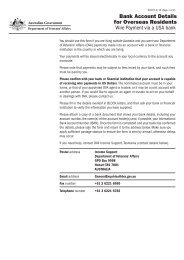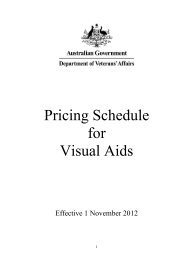Oberon Class Submarine Occupational Hygiene Project Final Report
Oberon Class Submarine Occupational Hygiene Project Final Report
Oberon Class Submarine Occupational Hygiene Project Final Report
Create successful ePaper yourself
Turn your PDF publications into a flip-book with our unique Google optimized e-Paper software.
ased limit, is derived by dividing the occupational value by 10, with the full detailspromulgated in BR1326. For example, benzene has an occupational value of 5 ppmwhich is divided by 10 to arrive at an MPC90 of 0.5 ppm. This methodology iscontrary to what has been stated by Raffaelli (1989).It is of interest to note that the UK Health & SafetyExecutive (HSE) (2005) in itspublication on exposure limits for workplaces, in paragraph 94, which deals withsubmarines and saturation diving, states that ‘continuous limits should be derived bydividing the 8-hour TWA exposure limit by a factor of 5’.Comment. It is difficult to make a comment on the approach taken without seeing thedocumentation for MPCs. The latest approach by HSE appears to be rather cavalier aseven the occupational values only at best ‘protect’ against a specific health effect in anormal setting. It has been the practice of ACGIH and the Worksafe Australia(Exposure Standards) to recommend that the documentation be read first beforeapplying the numbers.3. Östberg & Perrson (2004) collected air quality data on the Gotland <strong>Class</strong>submarine for the development of future submarine standards but in this exercisecompared their results with the Swedish OELs (<strong>Occupational</strong> Exposure Levels – 8hour time weighted averages) that are used for assessing normal work environments.The authors did express concern that the CO 2 concentrations exceeded the OEL of0.5%.Comment. It would appear that the Swedes have not set any values specifically forsubmariners as mooted in the Maron (1997) comments paper as they were stillcollecting data in 2004. It should be noted that the Swedes publish the scientificevidence for setting an occupational exposure limit but do not publish how the valuehas been arrived after a tripartite review. The user does not necessarily know whathealth effect the value protects the user from.4. For the <strong>Oberon</strong> <strong>Class</strong> submarine the only air quality listing that could be foundwas in the Standard Orders (Royal Australian Navy, 1997) the table ‘EmergencyAtmosphere Monitoring’ (p4-117) which lists seven substances: carbon monoxide,hydrochloric acid, phosgene, hydrocyanic acid, chlorine, carbon dioxide, and oxygen.Carbon dioxide has incorrect unit of measurement recorded (should be percent (%)and not vpm ), whereas, phosgene has what is probably a misprint for MPC Normal(0-0.05 vpm instead of 0-0.5 vpm). The document also stated the scale and number ofpumps needed to get the reading. There is also an action value for Otto Fuel (seeprevious comment under Otto Fuel). No documentation for the basis of the valuescould be obtained.Comment. RAN documentation which supports the values and the associated healtheffects should exist and would be worthwhile reviewing. The submariners are entitledunder the <strong>Occupational</strong> Health and Safety (Commonwealth Employment) Act 1991and <strong>Occupational</strong> Health and Safety (Commonwealth Employment) (NationalStandards) Regulations 1994 to view this information.5. Since 1995 the US Navy has used the Committee on Toxicology of theNational Research Council, which formed the Subcommittee on Emergency and34


